
A locomotive or engine is a rail transport vehicle that provides the motive power for a train. If a locomotive is capable of carrying a payload, it is usually rather referred to as a multiple unit, motor coach, railcar or power car; the use of these self-propelled vehicles is increasingly common for passenger trains, but rare for freight.

A vehicle is a machine that transports people or cargo. Vehicles include wagons, bicycles, motor vehicles, railed vehicles, watercraft, amphibious vehicles, aircraft and spacecraft.

Kawasaki Heavy Industries Ltd. (KHI) is a Japanese public multinational corporation primarily known as a manufacturer of motorcycles, engines, heavy equipment, aerospace and defense equipment, rolling stock and ships. It is also active in the production of industrial robots, gas turbines, boilers and other industrial products. The company is named after its founder Shōzō Kawasaki, and has dual headquarters in Chūō, Kobe and Minato, Tokyo.

Wilhelm Maybach (help·info) was an early German engine designer and industrialist. During the 1890s he was hailed in France, then the world centre for car production, as the "King of Designers".

A hybrid vehicle uses two or more distinct types of power, such as submarines that use diesel when surfaced and batteries when submerged. Other means to store energy include pressurized fluid in hydraulic hybrids.
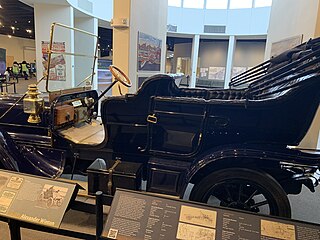
The Winton Motor Carriage Company was a pioneer United States automobile manufacturer based in Cleveland, Ohio. Winton was one of the first American companies to sell a motor car. In 1912 Winton became one of the first American manufacturers of diesel engines.

A four-strokeengine is an internal combustion (IC) engine in which the piston completes four separate strokes while turning the crankshaft. A stroke refers to the full travel of the piston along the cylinder, in either direction. The four separate strokes are termed:
- Intake: Also known as induction or suction. This stroke of the piston begins at top dead center (T.D.C.) and ends at bottom dead center (B.D.C.). In this stroke the intake valve must be in the open position while the piston pulls an air-fuel mixture into the cylinder by producing vacuum pressure into the cylinder through its downward motion. The piston is moving down as air is being sucked in by the downward motion against the piston.
- Compression: This stroke begins at B.D.C, or just at the end of the suction stroke, and ends at T.D.C. In this stroke the piston compresses the air-fuel mixture in preparation for ignition during the power stroke (below). Both the intake and exhaust valves are closed during this stage.
- Combustion: Also known as power or ignition. This is the start of the second revolution of the four stroke cycle. At this point the crankshaft has completed a full 360 degree revolution. While the piston is at T.D.C. the compressed air-fuel mixture is ignited by a spark plug or by heat generated by high compression, forcefully returning the piston to B.D.C. This stroke produces mechanical work from the engine to turn the crankshaft.
- Exhaust: Also known as outlet. During the exhaust stroke, the piston, once again, returns from B.D.C. to T.D.C. while the exhaust valve is open. This action expels the spent air-fuel mixture through the exhaust valve.
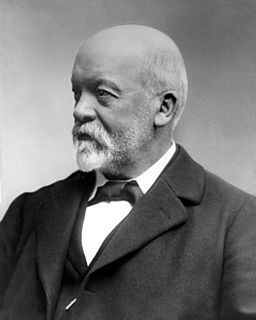
Gottlieb Wilhelm Daimler was a German engineer, industrial designer and industrialist born in Schorndorf, in what is now Germany. He was a pioneer of internal-combustion engines and automobile development. He invented the high-speed liquid petroleum-fuelled engine.
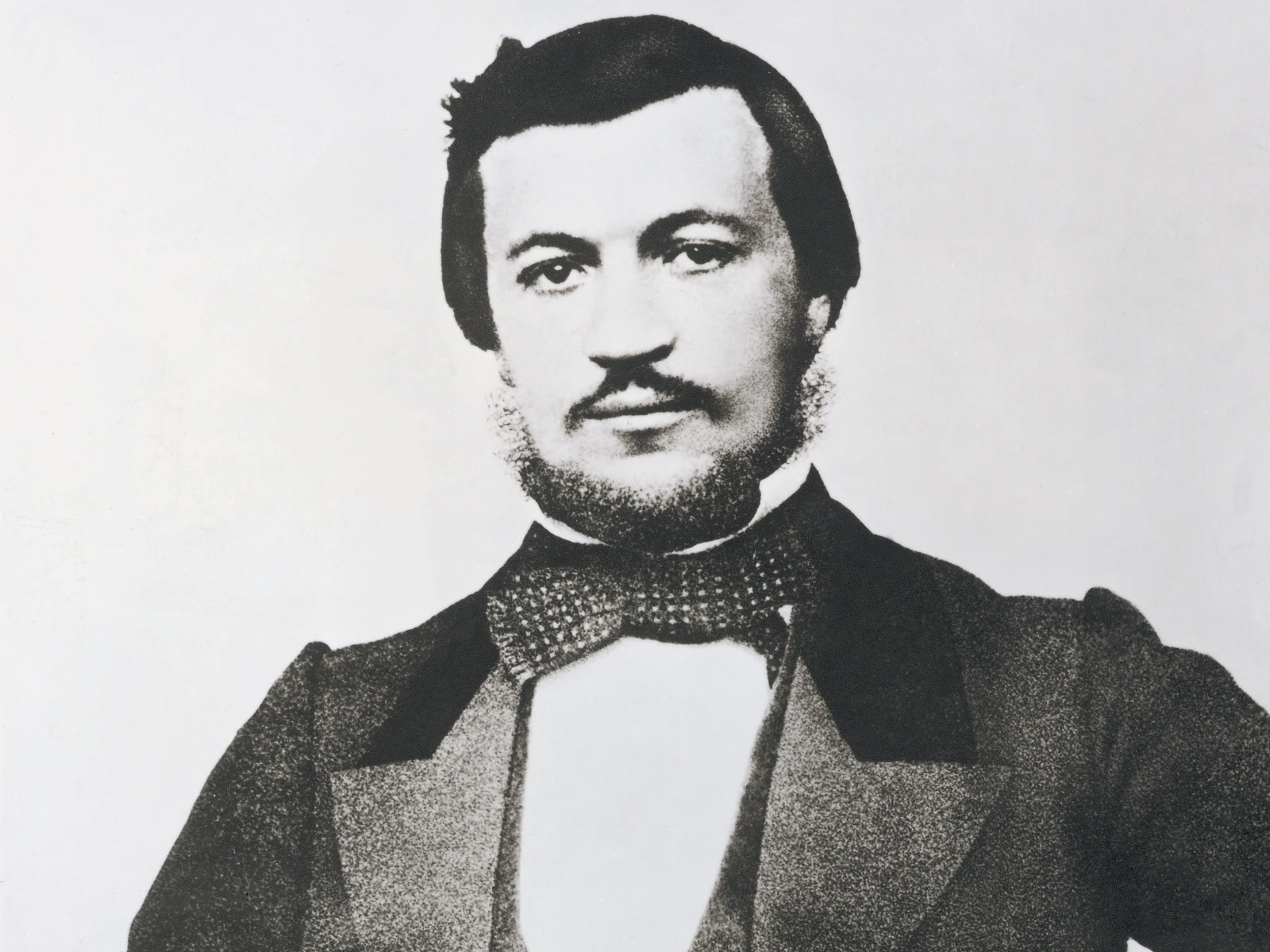
Nicolaus August Otto was a German engineer who successfully developed the compressed charge internal combustion engine which ran on petroleum gas and led to the modern internal combustion engine. The Association of German Engineers (VDI) created DIN standard 1940 which says "Otto Engine: internal combustion engine in which the ignition of the compressed fuel-air mixture is initiated by a timed spark", which has been applied to all engines of this type since.

The Rover Company Limited was a British car manufacturing company that operated from its base in Solihull in Warwickshire. Its lasting reputation for quality and performance was such that its first postwar model reviewed by Road & Track in 1952 was pronounced finer than any but a Rolls-Royce. Rover also manufactured the Land Rover from 1948 onwards, which spawned the Range Rover in 1970, and went on to become its most successful and profitable product — with Land Rover eventually becoming a separate company and brand in its own right.
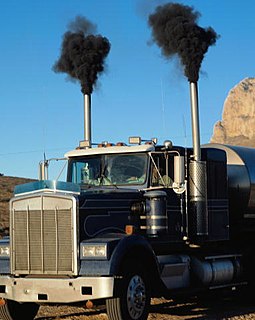
Exhaust gas or flue gas is emitted as a result of the combustion of fuels such as natural gas, gasoline, petrol, biodiesel blends, diesel fuel, fuel oil, or coal. According to the type of engine, it is discharged into the atmosphere through an exhaust pipe, flue gas stack, or propelling nozzle. It often disperses downwind in a pattern called an exhaust plume.

The Otto engine was a large stationary single-cylinder internal combustion four-stroke engine designed by the German Nicolaus Otto. It was a low-RPM machine, and only fired every other stroke due to the Otto cycle, also designed by Otto.
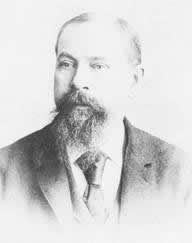
George Bailey Brayton was an American mechanical engineer and inventor. He was noted for introducing the constant pressure engine that is the basis for the gas turbine, and which is now referred to as the Brayton cycle.
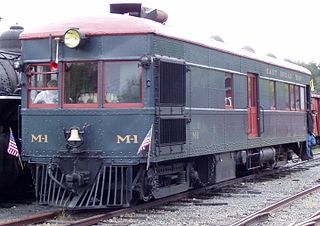
In the United States, doodlebug or hoodlebug is a name for a type of self-propelled railcar most commonly configured with both a passenger and freight compartment. Early models were usually powered by a gasoline engine, with either a mechanical drive train or a generator providing electricity to traction motors ("gas-electrics"). After a number of years of service, it was common for doodlebugs to be repowered with a diesel engine.
The Hackett was an automobile built in Jackson, Michigan, United States, by the Hackett Motor Car Company from 1916 to 1919.

A car is a wheeled motor vehicle used for transportation. Most definitions of cars say that they run primarily on roads, seat one to eight people, have four tires, and mainly transport people rather than goods.

The Cole Motor Car Company was an early automobile maker based in Indianapolis, Indiana. Cole automobiles were built from 1908 until 1925. They were quality-built luxury cars. The make is a pioneer of the V-8 engine.
Toyota Concept Vehicles produced between 1980 and 1989 include:

Willys was a brand name used by Willys–Overland Motors, an American automobile company best known for its design and production of military Jeeps (MBs) and civilian versions (CJs) during the 20th century.
















